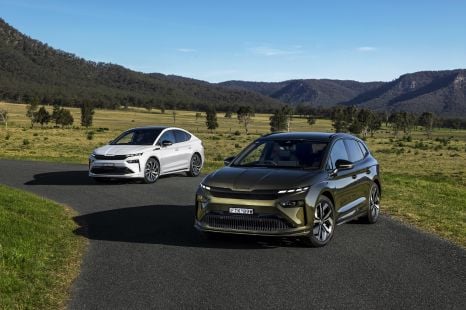

Max Davies
Skoda aiming for Tesla with new electric SUVs
3 Hours Ago
Light SUVs are small by nature, but we run the numbers to find out which of the 10 on sale in Australia is most frugal on fuel.

Deputy Marketplace Editor
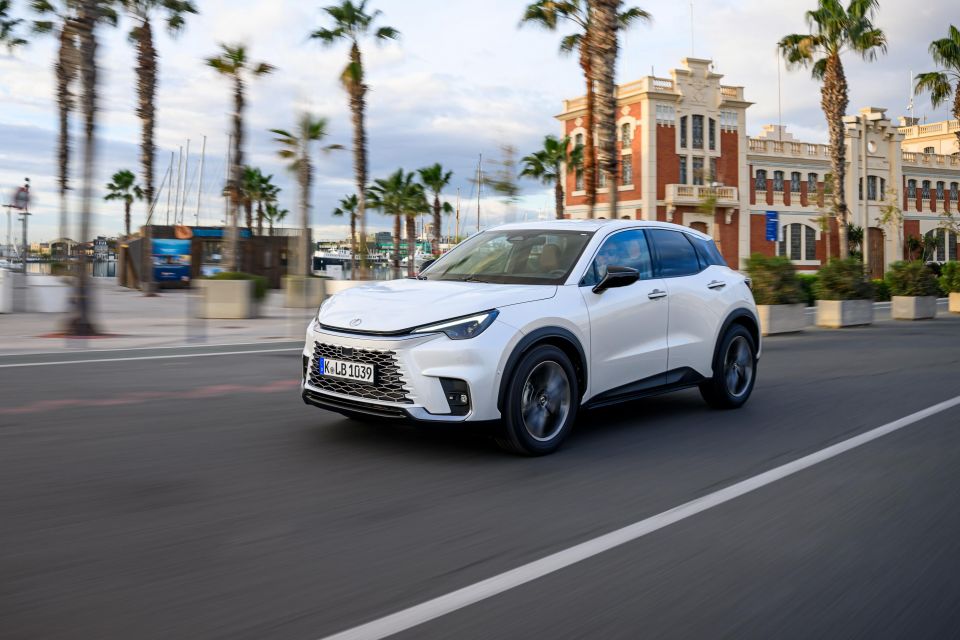

Deputy Marketplace Editor
There’s nothing more onerous as a driver than regular trips to the fuel pump wasting time and, more importantly, money.
Thankfully, cars are getting more efficient by the year, and light SUVs benefit from their diminutive size compared to bigger classes of vehicle.
Which light SUVs currently on sale in Australia have the best fuel economy? We’ve gathered the data, using claimed combined fuel economy figures provided by the manufacturers, to find out.
These are the cars within the light SUV category in the VFACTS sales charts published by the Federal Chamber of Automotive Industries (FCAI).
We’ve also measured based on the variant with the best fuel economy in the range, as some trim or powertrain options may see the figures quoted here increase slightly.
The brand new Lexus LBX will hit showrooms this year as the most frugal car in the segment.
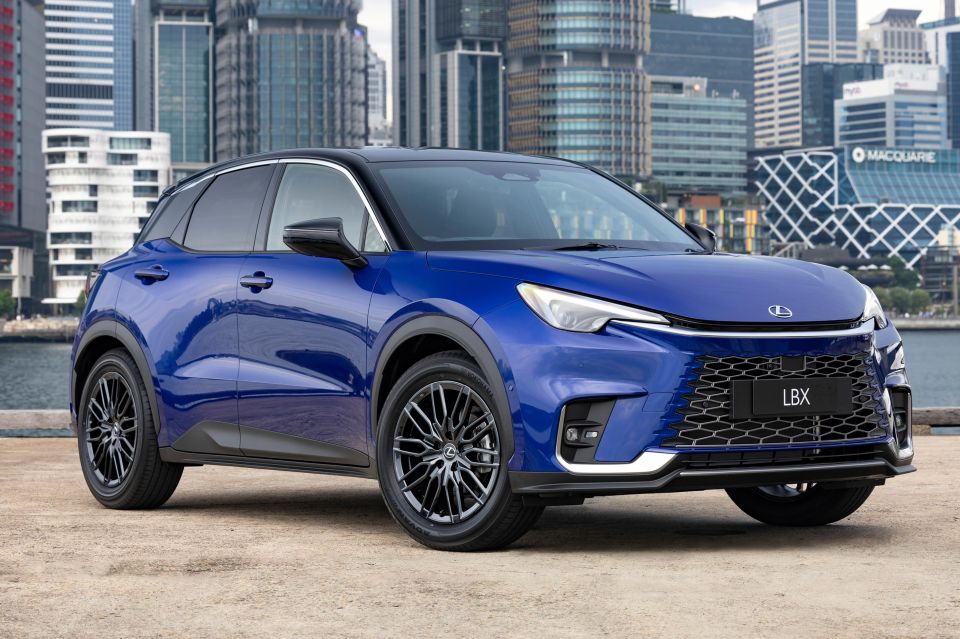
Sipping just 3.8L/100km, the LBX takes full advantage of its hybrid powertrain to provide efficiency as a selling point. However, it comes at a price.
The baby Lexus will range from $47,550 before on-road costs to $56,990 before on-roads, making it the most expensive light SUV on sale.
Based on the same GA-B platform as the Toyota Yaris Cross, the LBX can be had in either front- or all-wheel drive, with the two-wheel drive variants quoting slightly better efficiency.
| Lexus LBX | |
|---|---|
| Fuel economy (claimed) | 3.8L/100km |
| Fuel tank capacity | 36L |
| Fuel type | 91 RON |
BUY: Get in touch with a dealer about a Lexus LBX MORE: Everything Lexus LBX
Unsurprisingly, given the Yaris Cross and LBX share a platform and powertrain, the Toyota returns near identical fuel economy figures to the Lexus.
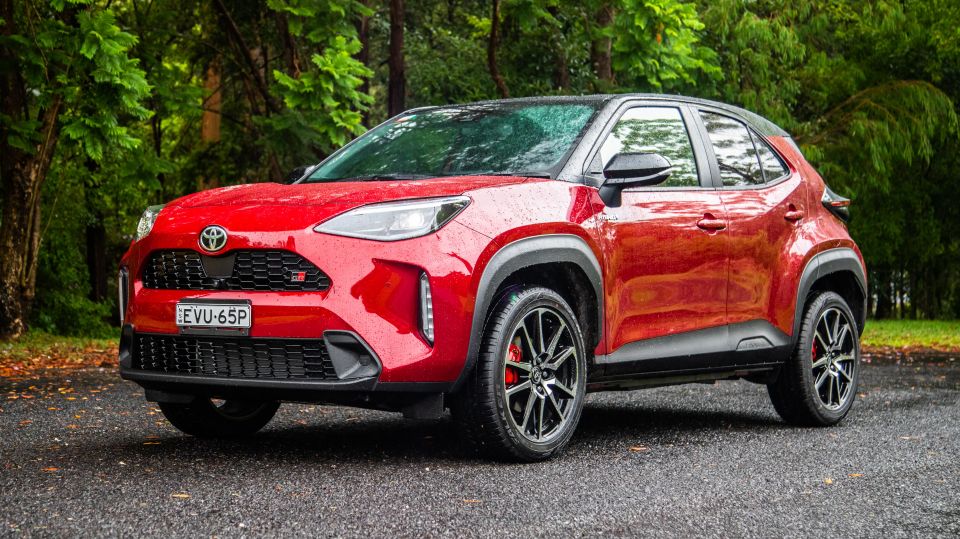
The Yaris Cross will return 3.8-4.0L/100km depending on specification, and undercuts the Lexus by over $17,000 in base specification.
As one of only two hybrids on this list, the jacked up Yaris is also over 20 per cent more efficient than the next best contender.
It’s been a popular option with buyers; 6514 were sold last year, ranking third for sales in this segment.
| Toyota Yaris Cross | |
|---|---|
| Fuel economy (claimed) | 3.8L/100km |
| Fuel tank capacity | 36L |
| Fuel type | 91 RON |
BUY: Get in touch with a dealer about a Toyota Yaris Cross MORE: Everything Toyota Yaris Cross
The tiny Suzuki Ignis is the best performing non-hybrid option here, returning a claimed fuel economy figure on 4.7L/100km.
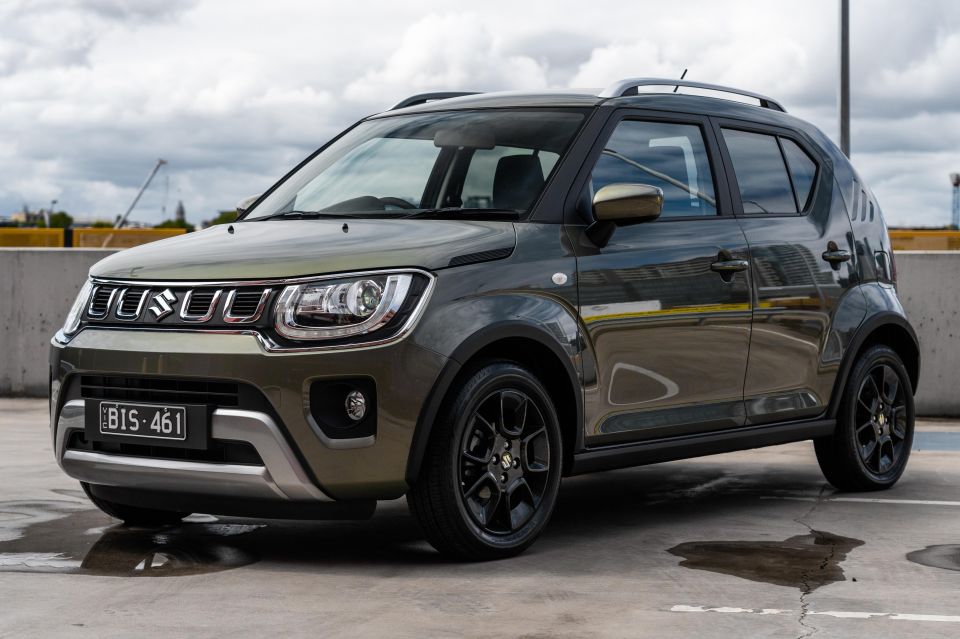
It makes sense when you consider the Ignis weighs just 865kg, giving the engine less work to do compared to other cars in the segment.
Speaking of the engine, this little Suzuki is powered by a 1.2-litre naturally aspirated four-cylinder producing 66kW of power and 120Nm of torque.
The Ignis is among the cheapest SUV options available, priced from just $23,490 before on-road costs.
| Suzuki Ignis | |
|---|---|
| Fuel economy (claimed) | 4.7L/100km |
| Fuel tank capacity | 32L |
| Fuel type | 91 RON |
BUY: Get in touch with a dealer about a Suzuki Ignis MORE: Everything Suzuki Ignis
Volkswagen’s smallest SUV offering is equal fourth in the efficiency stakes, consuming a claimed average of 5.4L/100km.
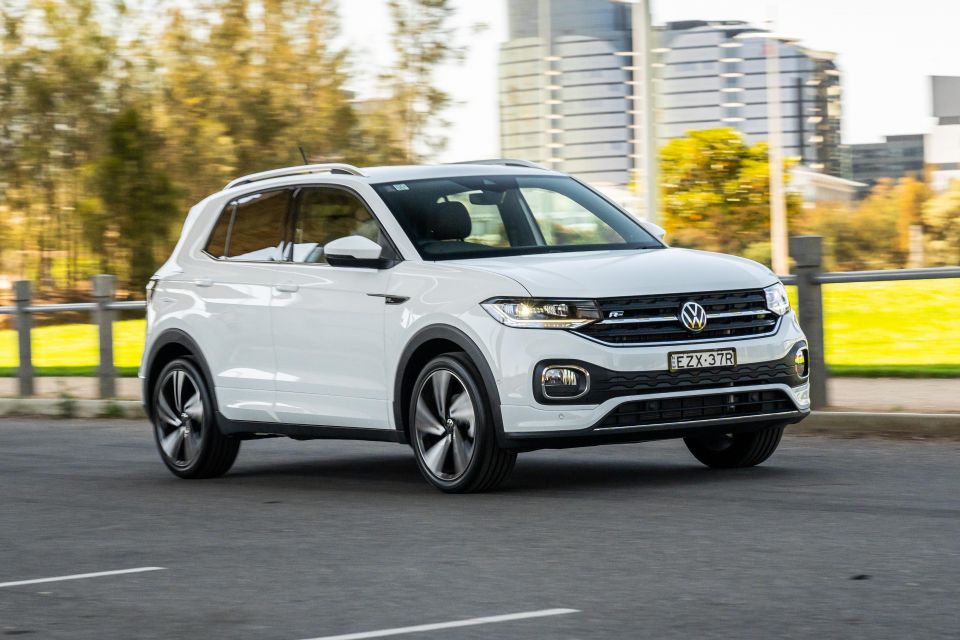
However, it has a bigger fuel tank (40L) than higher ranked cars, meaning it will travel a similar distance between trips to the service station.
Fill ups will be more costly though, given the T-Cross requires a minimum of 95 RON premium unleaded petrol.
Variants range between $30,990 before on-road costs and $33,490 before on-roads.
| Volkswagen T-Cross | |
|---|---|
| Fuel economy (claimed) | 5.4L/100km |
| Fuel tank capacity | 40L |
| Fuel type | 95 RON |
BUY: Get in touch with a dealer about a Volkswagen T-Cross MORE: Everything Volkswagen T-Cross
The Kia Stonic uses a similar recipe to achieve the same claimed fuel economy as the Volkswagen T-Cross.

Power comes from a 1.0-litre turbocharged three-cylinder engine, just like the Volkswagen, although the Korean car is lighter at 1227kg (tare).
Fuel capacity and quality are two key differentiators between the two machines; the Stonic has a 45L tank and 91 RON unleaded petrol is adequate, rather than 95 RON.
The single-variant Stonic costs $30,790 before on-road costs, and comes with Kia’s seven-year, unlimited-kilometre warranty.
| Kia Stonic | |
|---|---|
| Fuel economy (claimed) | 5.4L/100km |
| Fuel tank capacity | 45L |
| Fuel type | 91 RON |
BUY: Get in touch with a dealer about a Kia Stonic MORE: Everything Kia Stonic
Like the previous two cars, the Nissan Juke packs a 1.0-litre turbocharged three-cylinder engine, producing 84kW of power and 180Nm of torque in this case.
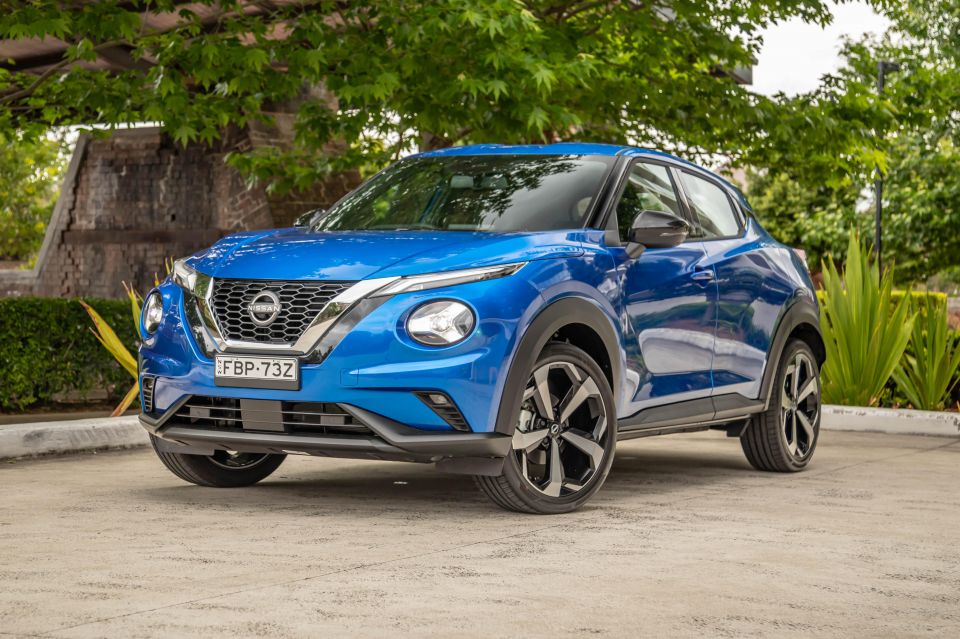
The Nissan is slightly less efficient, however, consuming 5.8L/100km.
The perks of the Juke include class-leading boot space (422L) and competitive towing capacity (1250kg braked).
A base model will set you back $28,390 before on-roads, while a fully loaded top spec car comes in at $36,890 before on-roads.
| Nissan Juke | |
|---|---|
| Fuel economy (claimed) | 5.8L/100km |
| Fuel tank capacity | 46L |
| Fuel type | 95 RON |
BUY: Get in touch with a dealer about a Nissan Juke MORE: Everything Nissan Juke
This segment’s clear best seller is the Mazda CX-3, with 15,776 new examples leaving showrooms last year.
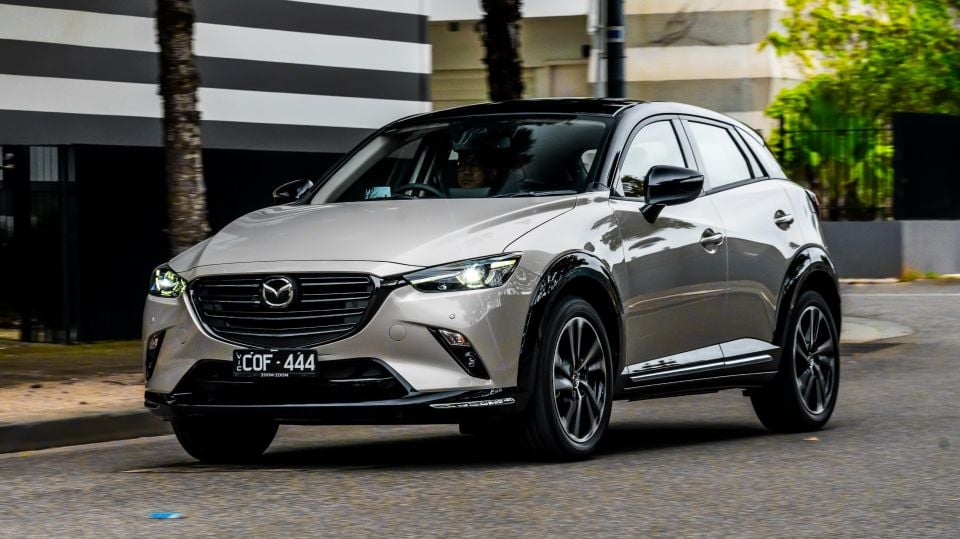
Starting at $26,950 before on-road costs for the base car, the CX-3 is at the affordable end of the pricing spectrum for this category, although buyers will spend more at the pump due to the Mazda’s 6.3L/100km fuel economy.
Boot space is also down compared to the rest of the cars here, at 264L.
| Mazda CX-3 | |
|---|---|
| Fuel economy (claimed) | 6.3L/100km |
| Fuel tank capacity | 48L |
| Fuel type | 91 RON |
BUY: Get in touch with a dealer about a Mazda CX-3 MORE: Everything Mazda CX-3
The Suzuki Jimny is now available with either three or five doors, but that hasn’t changed fuel consumption which remains at 6.4L/100km (manual transmission).

At 40L the fuel tank is relatively small for the segment, although buyers don’t have to fork out for premium fuel.
Pricing ranges between $30,490 before on-road costs to $36,490 before on-roads for a range-topping XL, which offers extra practicality in the form of two extra doors and a bigger boot.
| Suzuki Jimny | |
|---|---|
| Fuel economy (claimed) | 6.4L/100km |
| Fuel tank capacity | 40L |
| Fuel type | 91 RON |
BUY: Get in touch with a dealer about a Suzuki Jimny MORE: Everything Suzuki Jimny
The Renault Captur was a relatively slow seller in 2023, with 939 delivered.
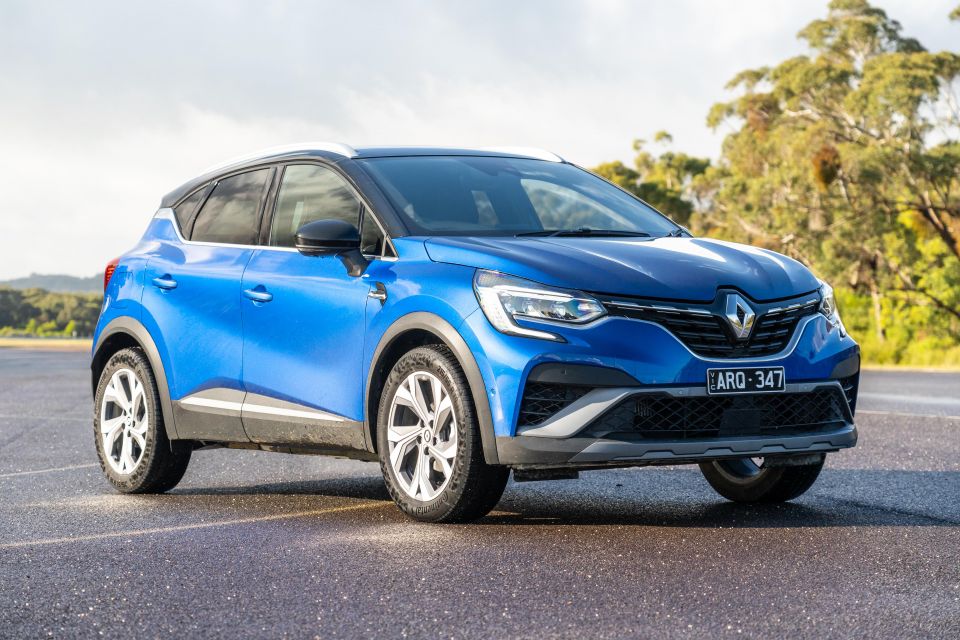
The French offering is dearer than most of its rivals, topping out above $40,000 before on-road costs, while the base car is $33,000 before on-roads.
For the money you get a 422L boot, which ranks the Captur equal first for cargo room.
| Renault Captur | |
|---|---|
| Fuel economy (claimed) | 6.6L/100km |
| Fuel tank capacity | 48L |
| Fuel type | 95 RON |
BUY: Get in touch with a dealer about a Renault Captur MORE: Everything Renault Captur
The Hyundai Venue rounds out this list with a claimed fuel economy of 7.2L/100km.
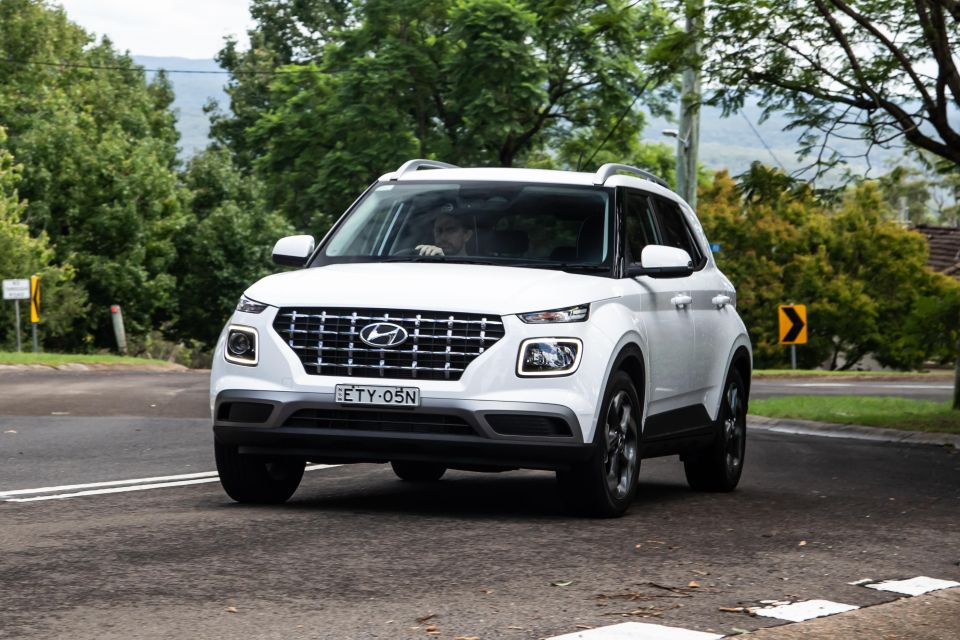
It has the cheapest starting price of any SUV on the market – $22,500 before on-road costs – but its 1.6-litre naturally aspirated four-cylinder engine is relatively inefficient, resulting in more fill-ups.
That didn’t faze the 6152 customers who purchased a Venue in 2023.
All Venues are front-wheel drive, and can be had with either a manual or automatic transmission.
| Hyundai Venue | |
|---|---|
| Fuel economy (claimed) | 7.2L/100km |
| Fuel tank capacity | 45L |
| Fuel type | 91 RON |
BUY: Get in touch with a dealer about a Hyundai Venue MORE: Everything Hyundai Venue
Josh Nevett is an automotive journalist covering news and reviews, with a background in motorsport journalism.


Max Davies
3 Hours Ago


Max Davies
3 Hours Ago


Ben Zachariah
4 Hours Ago


William Stopford
4 Hours Ago


James Wong
8 Hours Ago
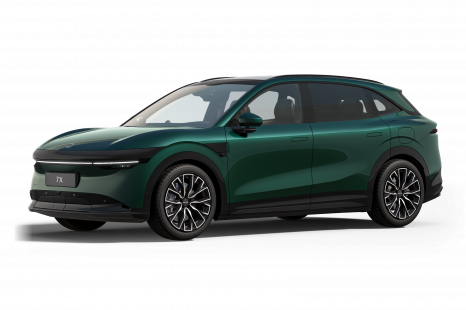

Damion Smy
10 Hours Ago
Suggested Comparisons